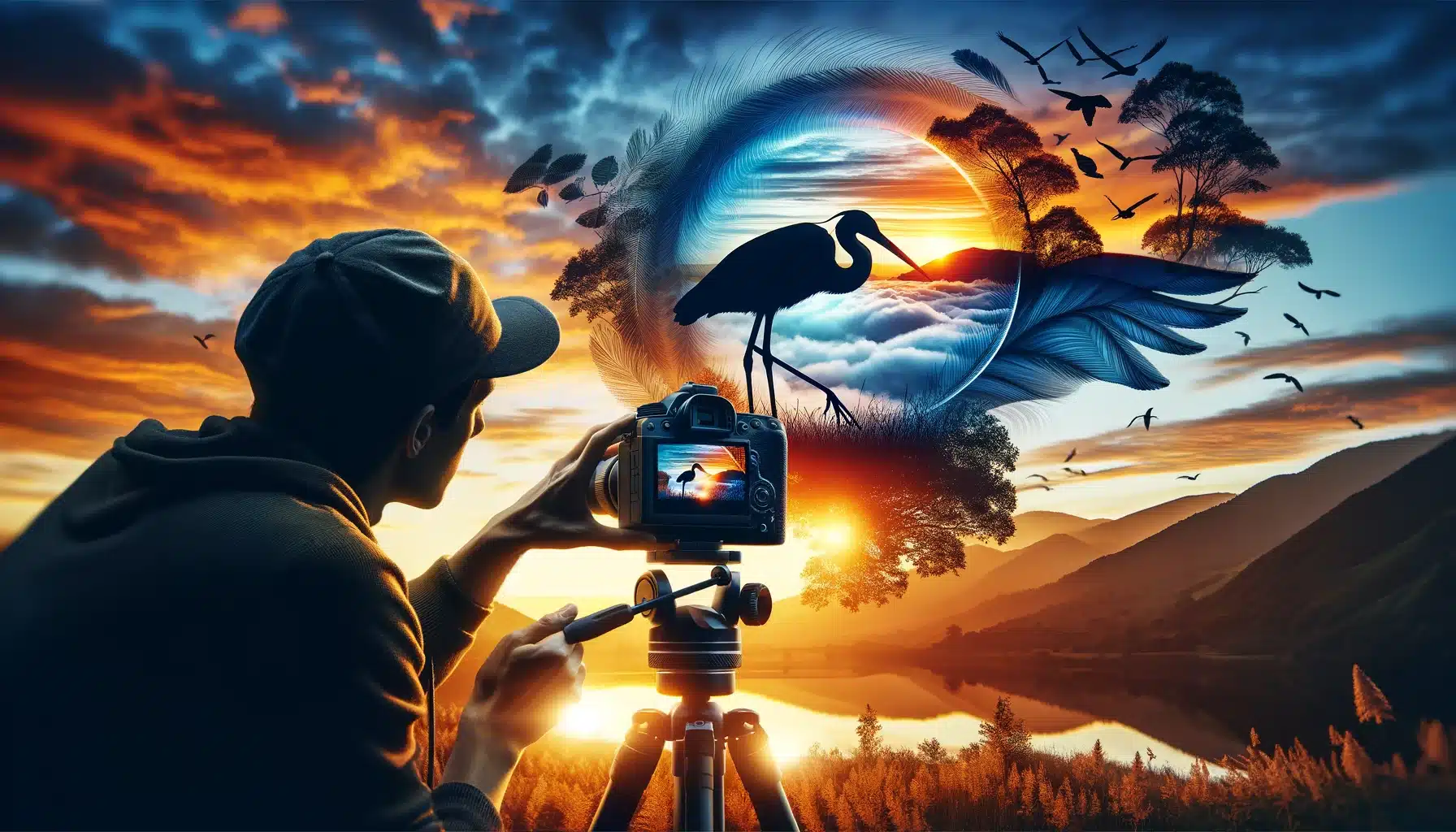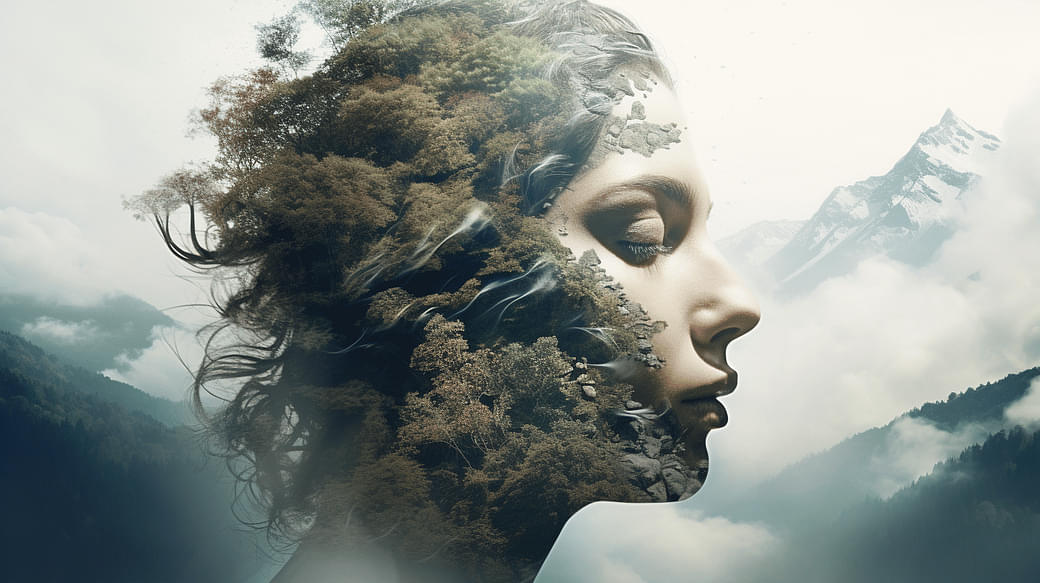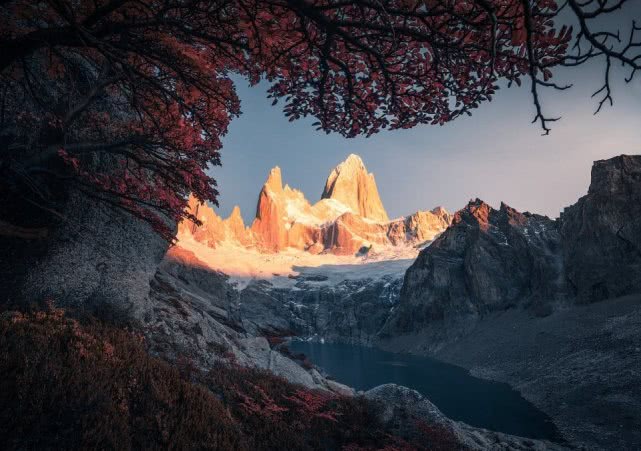Well, let me tell ya, double exposure photography is somethin’ real special, ya know? It’s like mixin’ two pictures into one, but not just stickin’ ‘em together like a patchwork quilt. Nah, it’s more like lettin’ them talk to each other, overlap, and make a story come alive right there in the picture. Now, don’t get me wrong, it’s not somethin’ you just do with any old camera, but with a bit of practice and some know-how, you can make magic happen. A lotta folks these days use fancy programs like Photoshop to do it all on the computer, but we’ll talk about that later. Let’s first talk about the basics.

What’s Double Exposure, Anyway?
Double exposure is when you take two pictures and put ‘em together, makin’ one image. It’s kinda like if you took one photo of the mountains and another of a person, and then somehow made the person look like they were inside the mountains, like they were part of it. It’s not just stackin’ pictures though. You gotta make sure them pictures blend right, so it don’t look all messy and confusing. When you do it right, you’ll end up with somethin’ that’s real neat and tells a story in a way that’s different from just takin’ two separate photos. Ain’t that somethin’?
How to Do Double Exposure in Post-Processing
Now, I know what you’re thinkin’. “But how do I make it look good?” Well, there’s a trick to it, and you don’t gotta be a wizard to figure it out. First off, you gotta take two good pictures. Ya can’t just use any old blurry photo. One shot’s usually the base, the main thing you want to show, and the second one is what you overlay. People often use software like Photoshop or even some other programs that can handle layers.
In Photoshop, it’s real simple-like. You just import the two pictures and put ‘em on top of each other, like you’re stackin’ pancakes. Then you mess with the transparency, and maybe change up the blending mode so the two pictures mix together the way you want ‘em to. The trick is to make sure you got the right balance, so one picture doesn’t hide the other. The first picture, the base one, should still shine through, but the second one will show up in a way that feels natural, not forced.
Exposure Settings Matter Too
When you’re takin’ these shots, ya gotta think about the exposure settings too. See, if you’re doin’ this in-camera (which means takin’ the pictures with the camera instead of on the computer), you’ve got to be careful about how much light’s comin’ in. Ya see, if you leave the shutter open too long, that second exposure might mess up the first one. You gotta underexpose each shot, by at least one stop, so you don’t end up with a picture that’s all washed out or too dark.
When you’re takin’ the second shot, you gotta think about how it’s gonna interact with the first. If you’ve got something dark in the first shot, the second shot might need to be lighter. It’s all about balance. I know it sounds like a lot of thinkin’, but once you get the hang of it, it’s like ridin’ a bike—ya just gotta keep practicin’!
Layering Your Photos for Effect
Now, the real fun begins when you start playin’ with those layers. A double exposure ain’t just two pictures sittin’ on top of each other. Nah, it’s about layers, like the layers of paint on a canvas. You got to make ‘em work together. The goal is to add depth to the photo. Sometimes you might wanna fade one image into another, sometimes you might wanna make ‘em stand out. It all depends on what kind of look you’re goin’ for.
Use of Photoshop and Other Software
Like I mentioned before, a lotta folks use Photoshop to do their double exposure work, and it sure does make things easier. But you don’t need to use the fanciest software out there. There are other programs you can use too, some even free ones! The key thing is learnin’ how to play with the layers, the opacity, and the blend modes. If you mess around with these, you can get some mighty fine results.
Tips for Better Double Exposure
Once you get comfortable with how things layer together, you’ll be able to create some real neat and artistic photos. And the beauty of it is that you can experiment! There ain’t no right or wrong way, just a whole lotta different ways to make something that tells a story.
Final Thoughts

Double exposure photography is a fun way to stretch your creativity and add layers of meaning to your pictures. Whether you’re doin’ it with fancy software or just experimentin’ with your camera settings, the trick is to keep playin’ around till you find a combination that works. It ain’t about gettin’ it perfect; it’s about gettin’ it unique. So, get out there and start mixin’ those images together. Who knows what kind of story you might end up tellin’?
Tags:[Double Exposure Photography, Photography Post-processing, Photoshop Double Exposure, Exposure Techniques, Digital Photography, Layering Images, Photography Tips, Creative Photography, Photography Software]
